Desirability is a big deal for new car buyers. It’s why cars like the BMW 1 Series, the Mercedes A-Class and the Volkswagen Golf sell quite so well but what if you consider yourself smarter than the average Joelene.
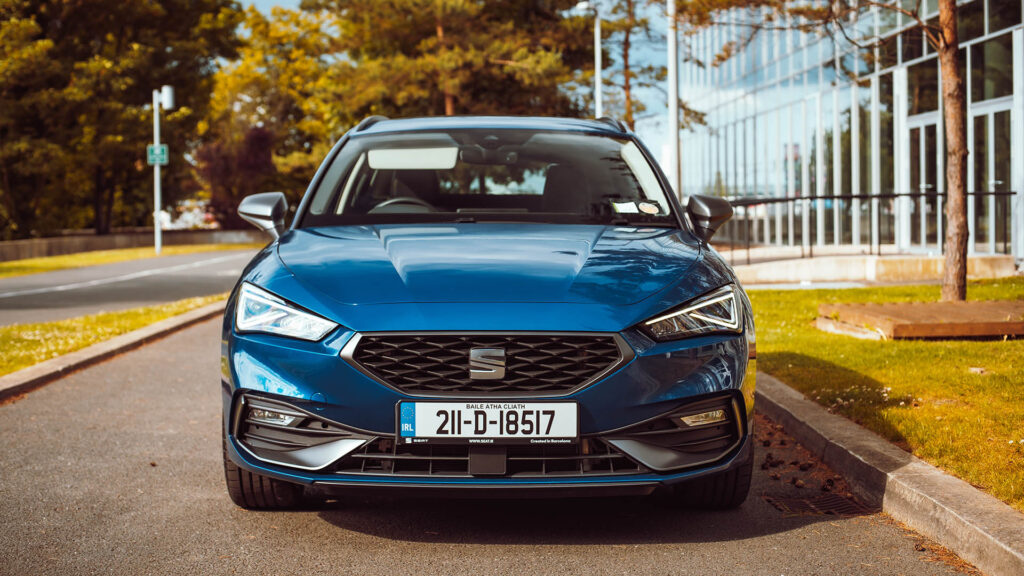
Special mention : Platform makes for lovely driving dynamics, similar to latest Audi’s. Loads of space. Decent economy when you charge it.
Needs work : Heating controls, deep menu functions like lane assist, reversing camera, charging plug is in the nose so you drive front in to parking spaces.
| Max Power 1.4 litre 150 KW | Petrol / Auto |
| 0-100 km/h in 7.5 seconds | Road Tax €140 |
Price: €37,075 As Specc’d €38,580 | Boot space 1600 litres |
What if you want something that mixes all the space quality and technology of those cars but in a more invisible a more understated package, something a little bit more affordable.
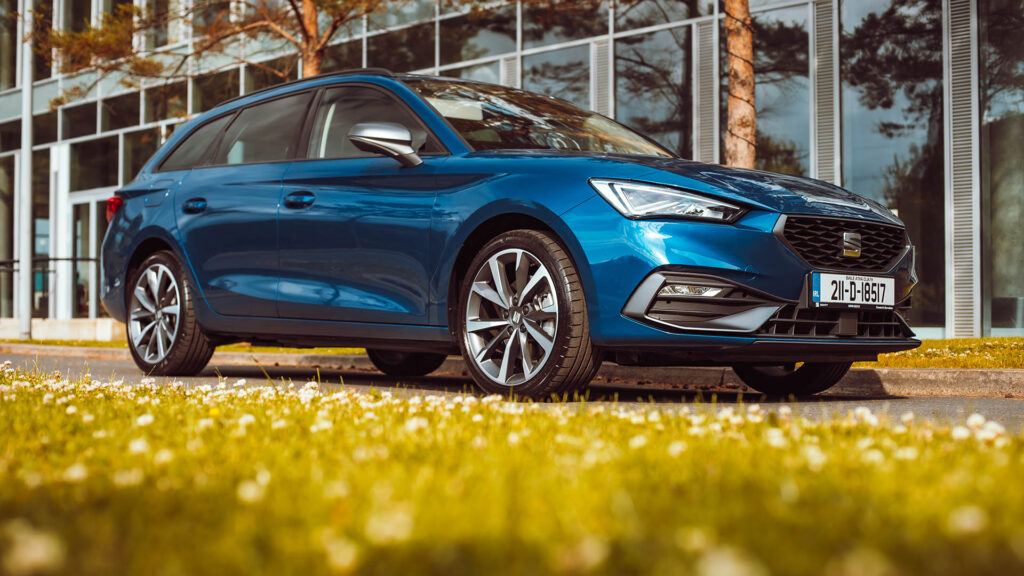
The Leon has been around for over two decades. It’s based on exactly the same MQB platform as the VW Golf, Audi A3 and Skoda Octavia. Yet this new model brings with it loads of new features such as a fully digital dashboard, new engines and now there’s a plug-in hybrid version for the very first time.
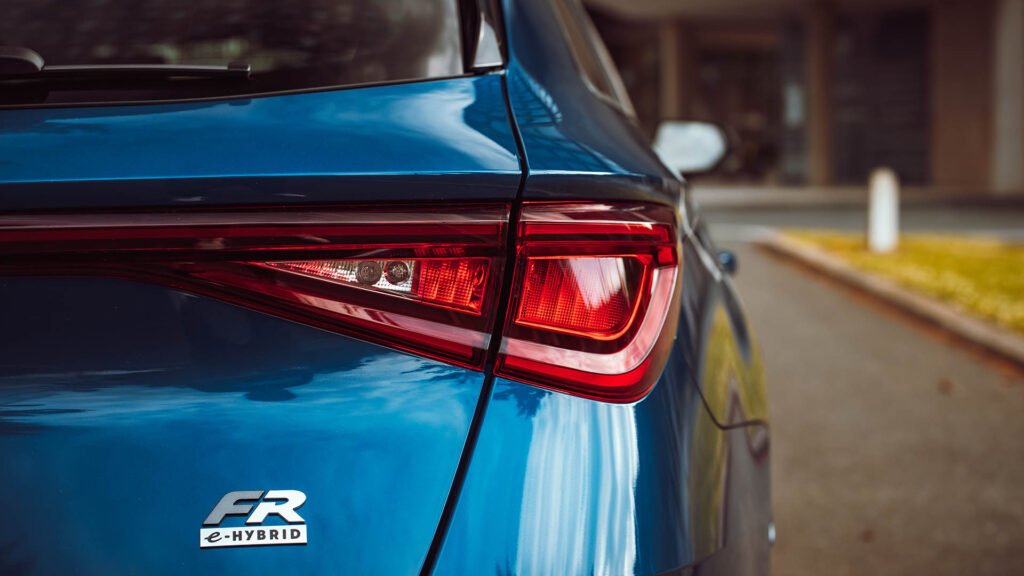
There’s good level of trims, several engines and two body styles to choose from (a hatch and an estate) there’s even a CUPRA Leon hot hatch variant. So more than likely there’s definitely a Leon to suit your needs.
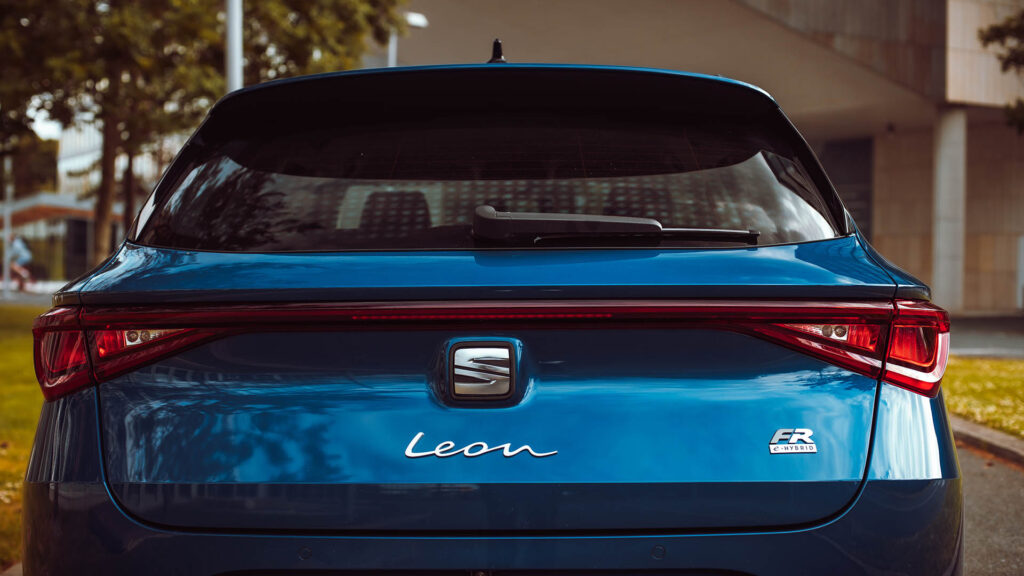
On the outside the designers have taken an evolutionary approach to styling, sit it side by side with the old one and the family DNA is still apparent. There are enough changes and enough tweaks to tell this car apart from its predecessor styling is subjective of course but overall it’s a pretty successful redesign. The front end looks a little bit more sophisticated but it maybe has lost some of its sporty or dynamic edge. The FR model which is the sportier one, it’s got the extra trim which finishes off this estate nicely.
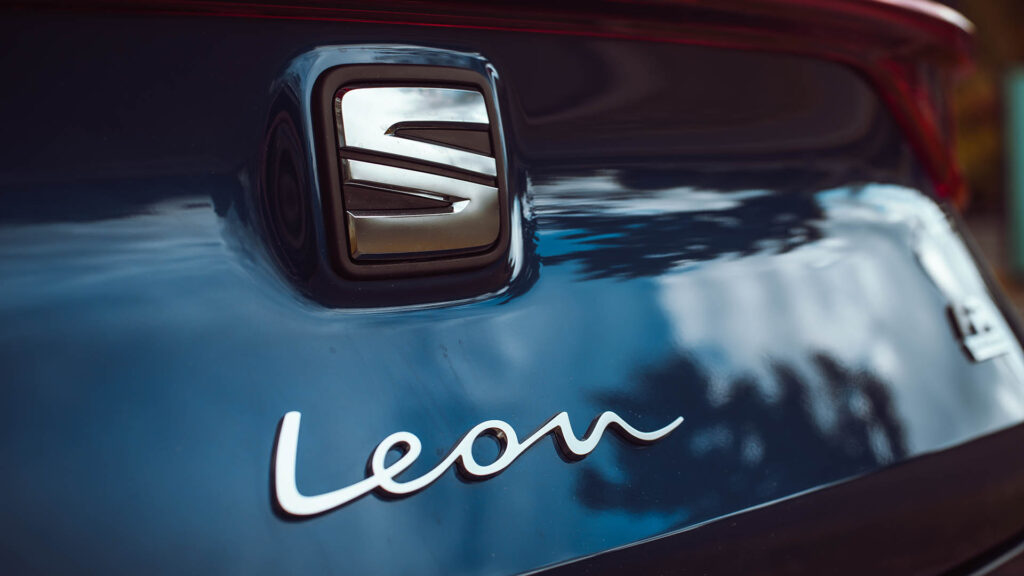
This is the plug-in e-hybrid model and apart from the charge port at the front and the subtle badges on the back, there’s very little to tell this hybrid version apart from its petrol or diesel siblings. In a world of fashionable SUVs the Leon’s traditional hatchback / estate shape is the most interesting and SEAT has livened things up at the back with distinctive rear light clusters and a full width light bar.
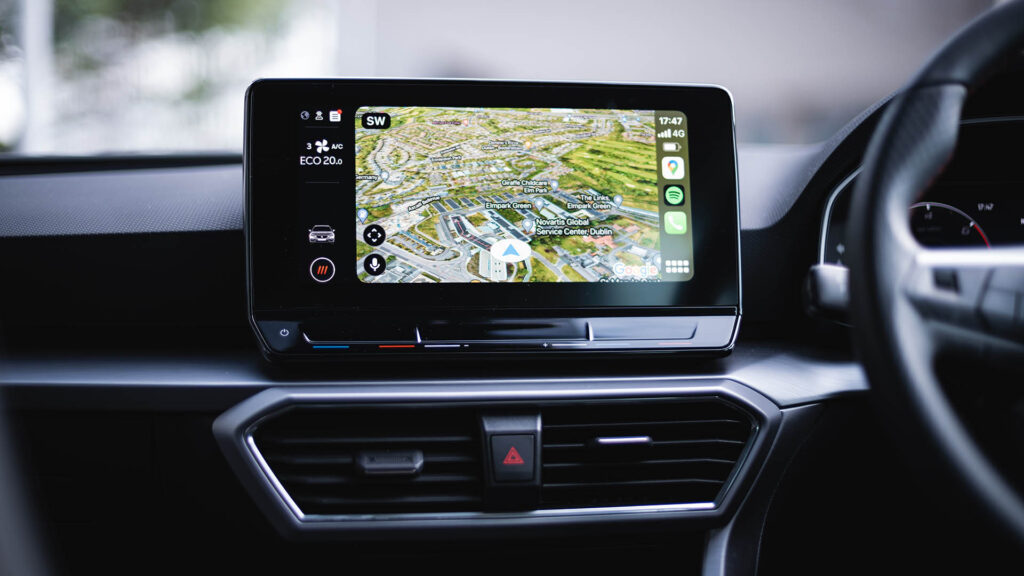
Technology is a strong selling point these days and SEAT have given every model two screens in which the graphics are crystal clear. The main dials and the central infotainment screen wouldn’t look out of place in something costing quite a bit more. The temperature control is now a touch bar below the infotainment display and some might argue it’s a touch too far. For some reason the controls don’t light up at night but neat ambient lighting does lift the mood, and the quality is much improved over the previous layout.
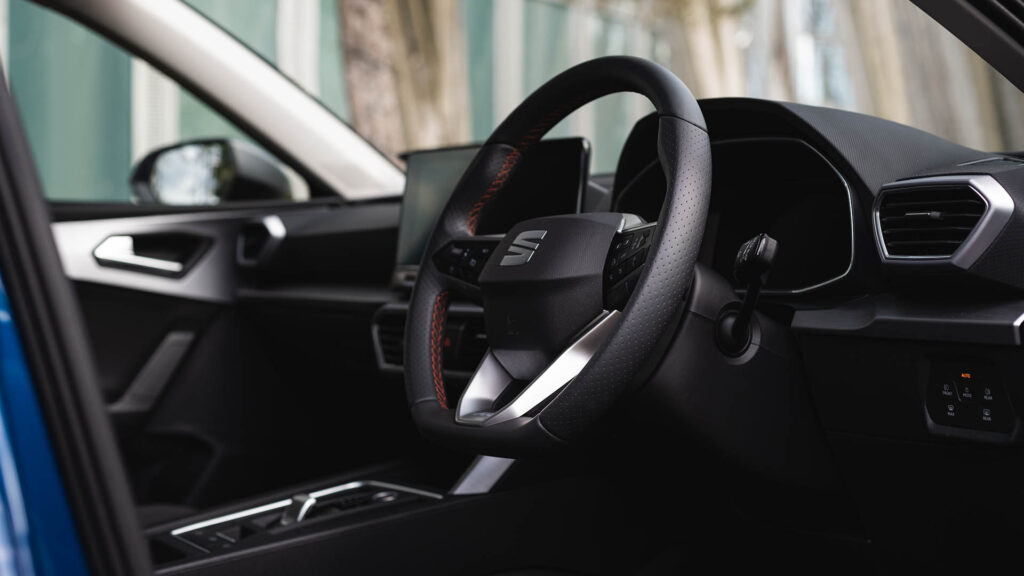
Inside the cabin there are some hard wearing plastics but there are soft touch materials where you need them most, such as where you rest your elbow and in some cases like on top of the instrument binnacle, which you never really touch at all. It’s plush inside and easily a match for the latest Golf and even has some Audi-ness about it. There’s LED headlights, 18” alloy wheels and metallic paint and the infotainment screen inside comes with Apple Carplay and Android Auto plus air conditioning, x4 USB-C points, cruise control, rear parking sensors and FR models include tweaked bumpers and lower suspension along with the LED rear lights. There’s also the safety kit such as autonomous emergency braking and the one we’d rather not have, lane keep assist.
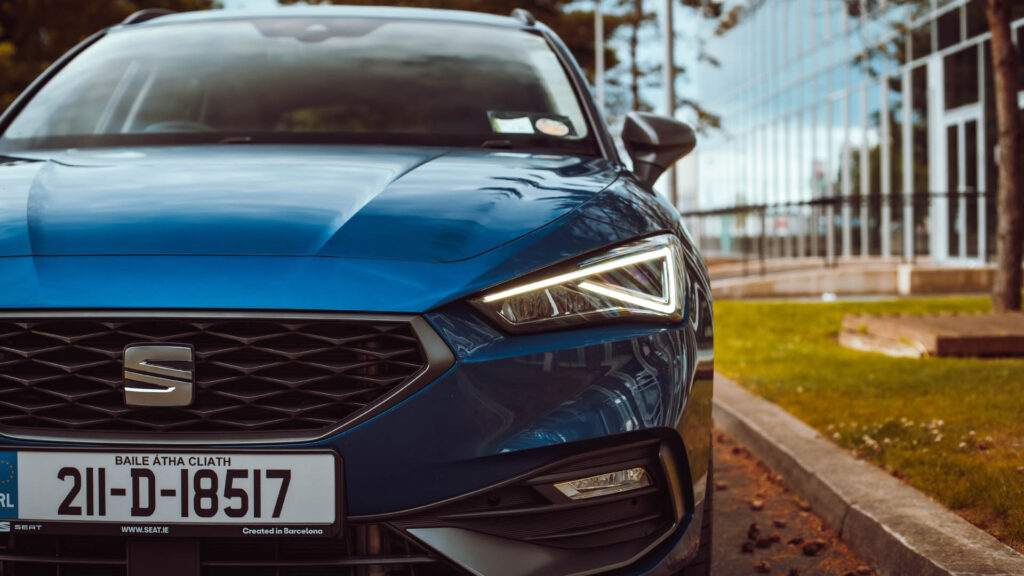
The Leon has long been famed for its sharp handling and it’s safe to say that this latest version doesn’t disappoint, there’s just something about it that inspires confidence. There’s a more direct connection between the car and the road than you’d find in most family hatchbacks. The steering is quick and it reacts really nicely to your inputs and the brakes while sharp, don’t feel too grabby. All of this means that you can drive this car nice and smoothly which not only is a boon for the driver but for passengers too. That overall feeling of safety and security is only enhanced in the FR model. Thanks to its slightly lower suspension, it corners with even less body roll than the standard model. The trade-off is a slightly firmer ride but it’s nothing that even higher mileage drivers won’t be able to live with.
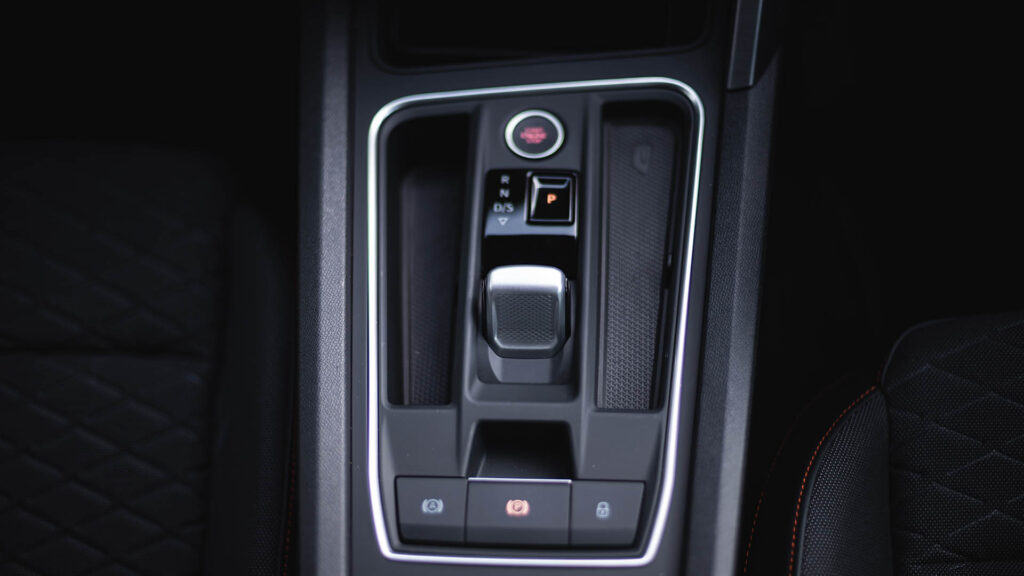
It certainly feels punchy enough for a family hatchback hitting 100 km/h in 7.5 seconds through the 7-speed DSG. SEAT isn’t ditching diesel just yet, offering a familiar 2 litre TDI with either 113 BHP or 148 BHP. The former replaces the 1.6 litre diesel in the outgoing model and is aimed primarily at delivering big fuel economy, the higher power version should offer punchy and smooth acceleration.
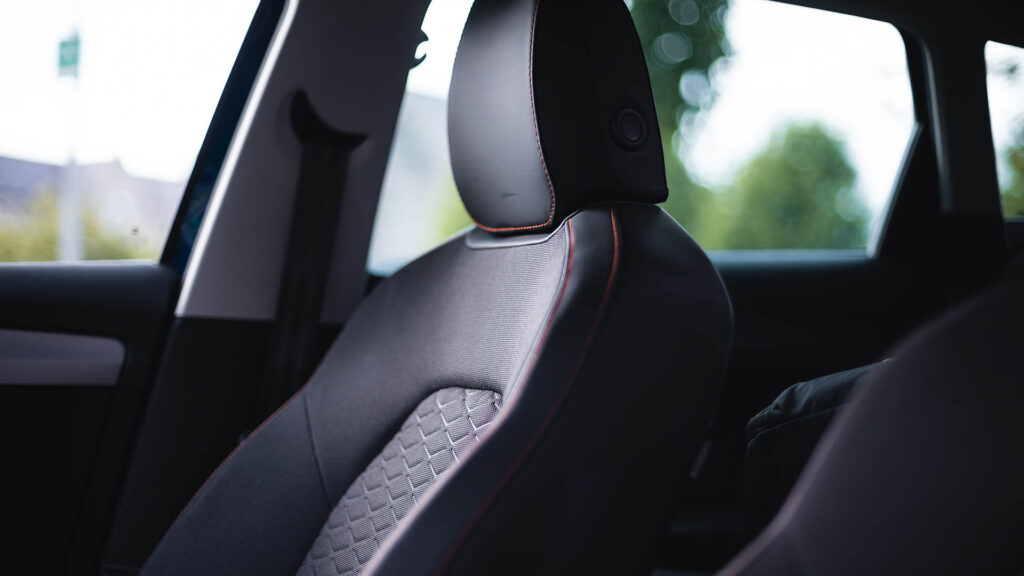
This new e-hybrid plug-in model is centered around the Volkswagen group’s 1.4 litre petrol engine mated to an electric motor and a 13 kilowatt-hour battery pack. The performance numbers are impressive: dispatching the 0-100 km/h in 7.5 seconds feels quick and especially so when using electric.
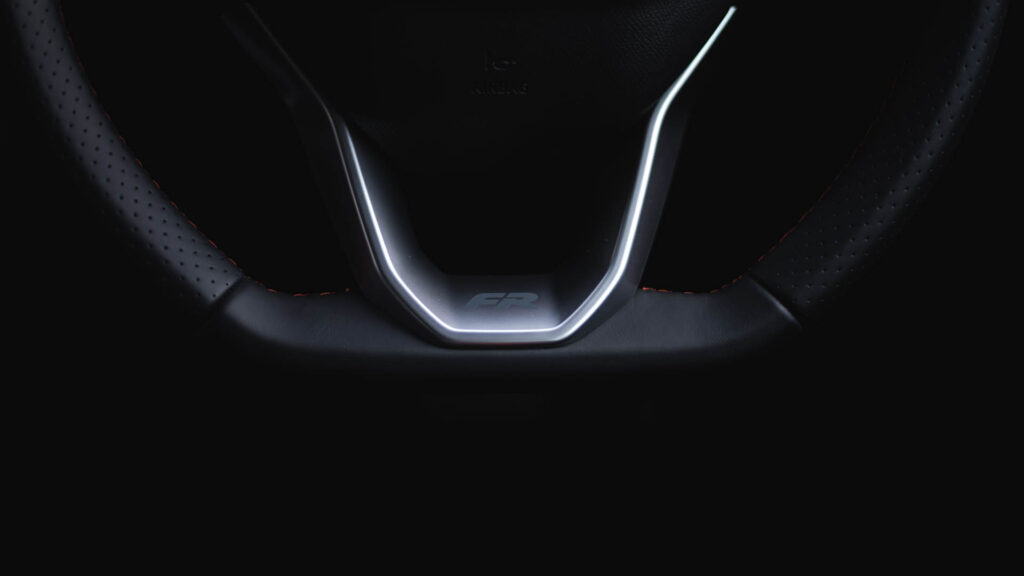
Like all Leons it’s punchy and refined and the hybrid system does a pretty good job of mixing petrol and electric power even if it is a little gruff when it runs out of electricity, overall though it’s just a really easy car to live with.
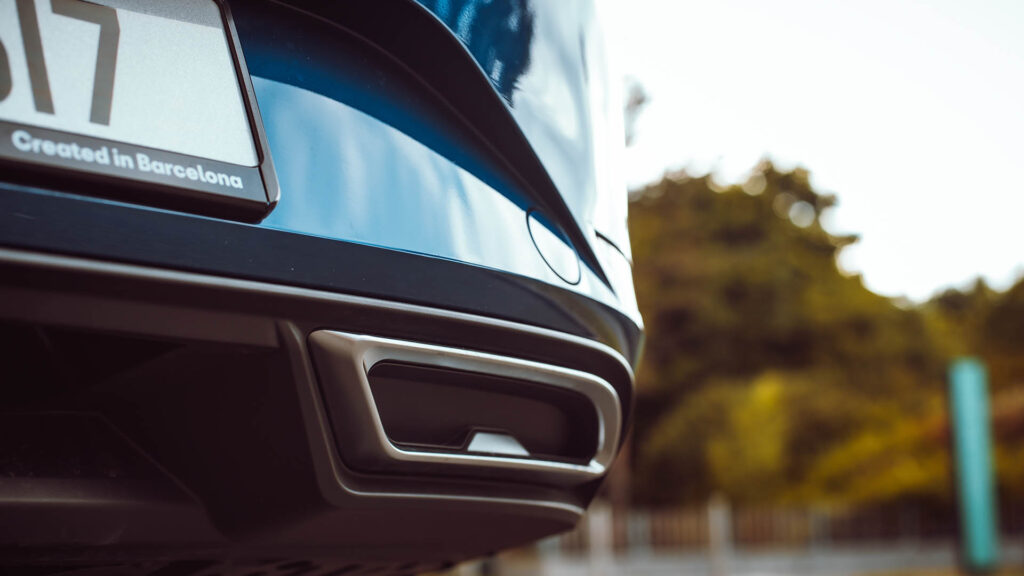
The plug-in hybrid model will be of particular interest to company car drivers it will do realistically up to 45 kilometers on electric power. It’s one of the most affordable plug-in hybrids currently on sale. Bear in mind however that to make the biggest savings and achieve those lofty fuel economy figures you’ll need to be plugging in the car to charge on a regular basis. If you fancy something a little more conventional and plenty of buyers still will, then the excellent petrol engines are also pleasingly efficient.
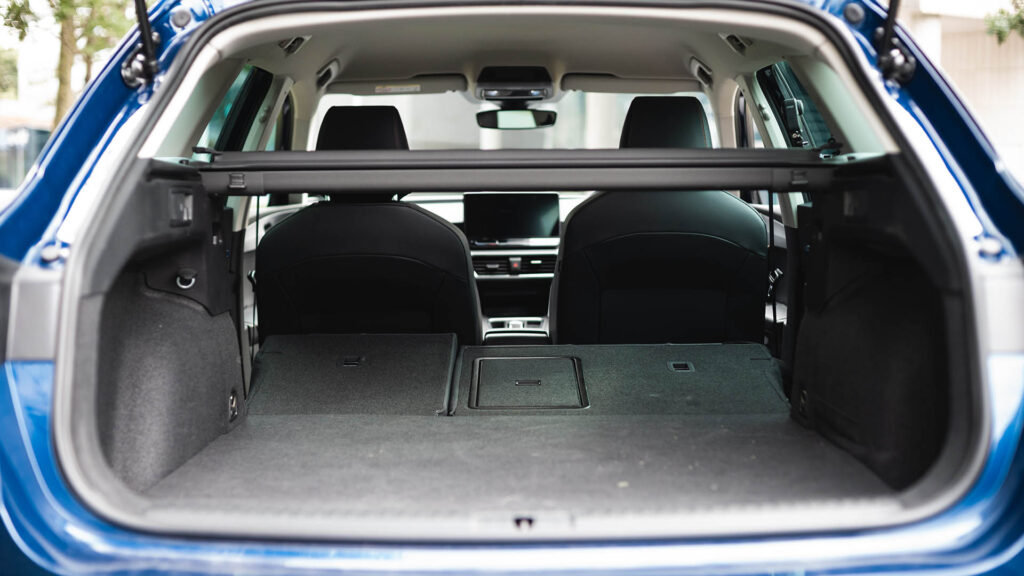
Practicality is another Leon strong point with rear space pretty much par for the course in this class. If you go for the plug-in hybrid version you’re going to have to be prepared to make some compromises, you’ll need to park nose in, and you do loose a little bit of space to the battery tech. The load area is well designed, easy to access and you also have separate storage compartments for the cables.
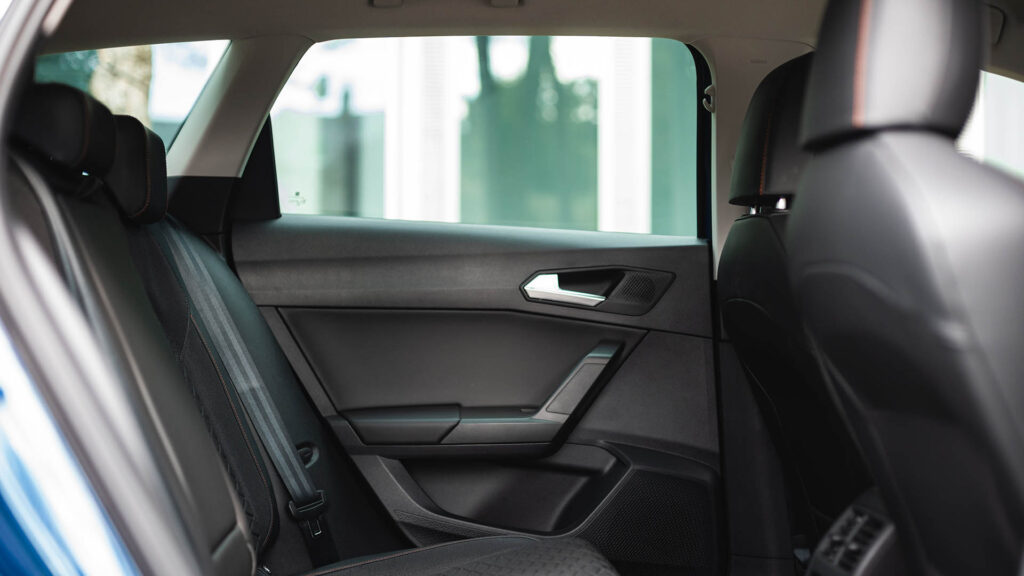
Space is good in the back, there’s enough leg and head room for adults to be comfortable. There’s three zone climate control on FR cars which is a luxury that is usually reserved for cars in the class above. We’ve no complaints about cabin storage either, there’s a pair of door bins in the back. There’s a cubby between the front seats and there’s a decent amount of space freed up by that slightly odd looking gear lever. The glovebox is a good size as well what are the deal makers and the deal breakers.
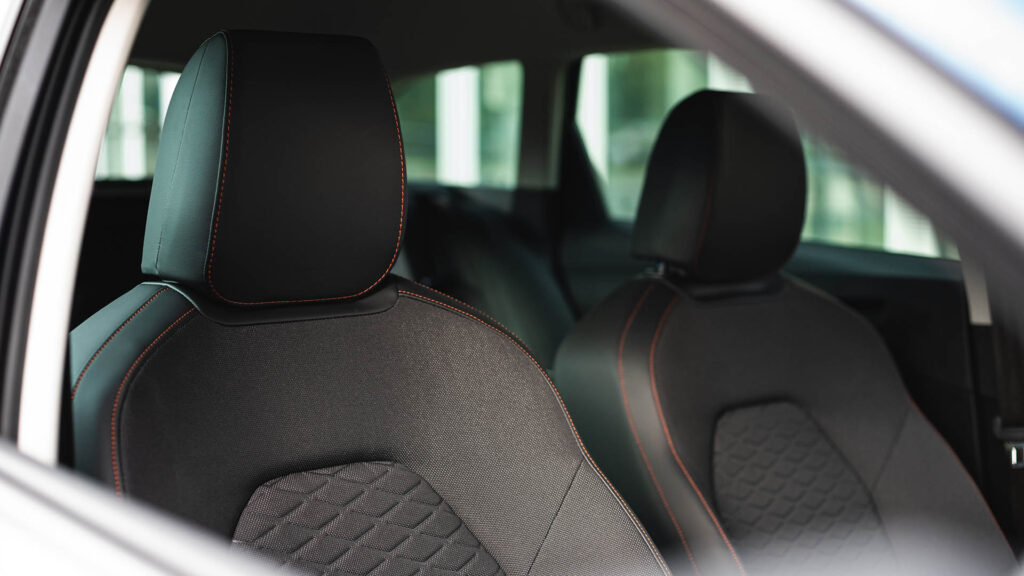
The Leon is among the best handling cars in its class, safe, predictable and even pretty fun on the right road, it’s a great all-rounder. It’s a shame SEAT has removed some of the physical buttons in the cabin, the screens look great but by doing away with the temperature controls and the volume switches, there’s more added distraction. The Leon lacks some of the intuitive functionality of its rivals.
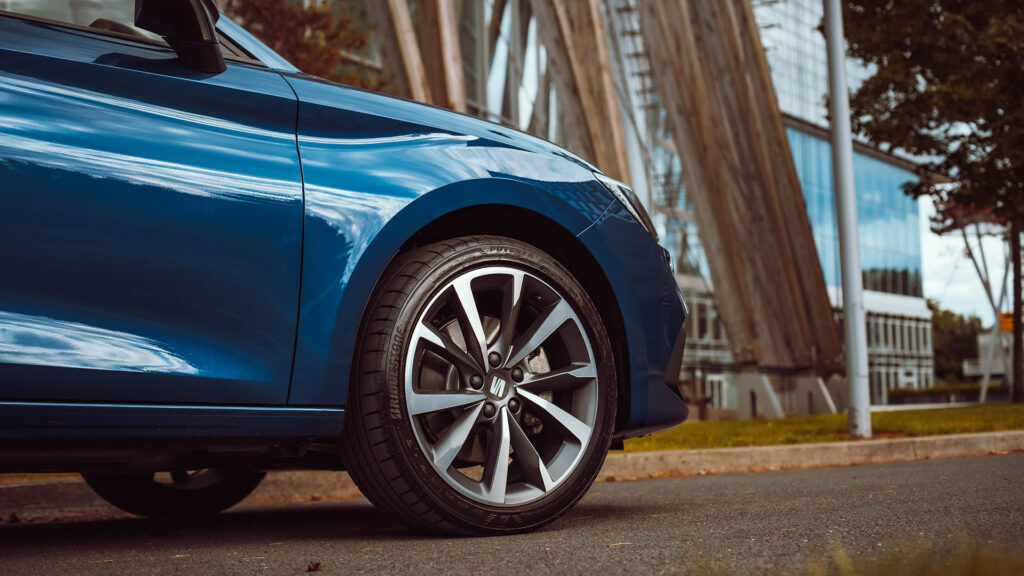
The Leon spent most of its life in the shadow of the Volkswagen Golf but this time around it feels like a genuine equal. It comes with loads of tech and plenty of kit and it’s good to drive no matter which one you go for. It should be cheap to run too, the Leon finally feels like the car people will actively want rather than one they’ll just simply accept because it’s less expensive than a Golf.
